Test Drive of the Mercedes-Benz C-Class (W205 Facelift) – A Woman’s Perspective on the C-Class
公開日:
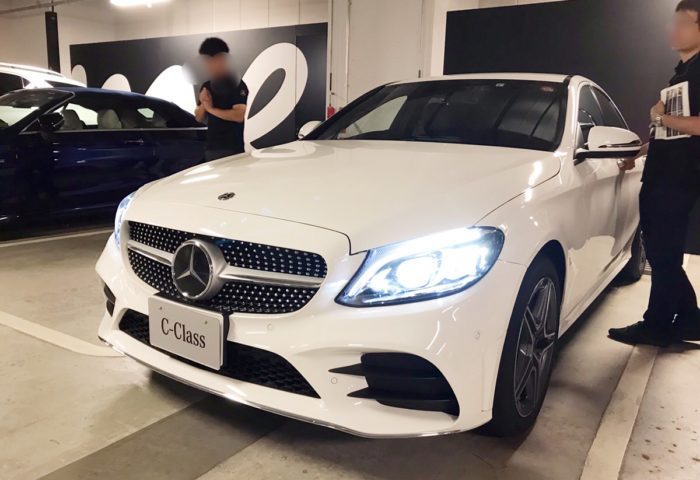
C-Class Test Drive!
When I arrived at the parking lot, the C-Class was already waiting. It had just been facelifted last autumn, with a slightly updated rear light design and Multi-Beam LED headlights.
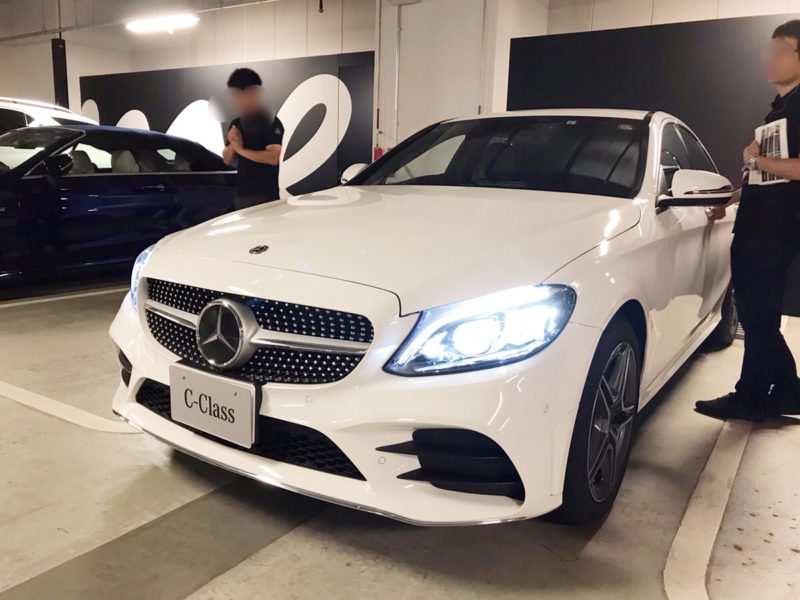
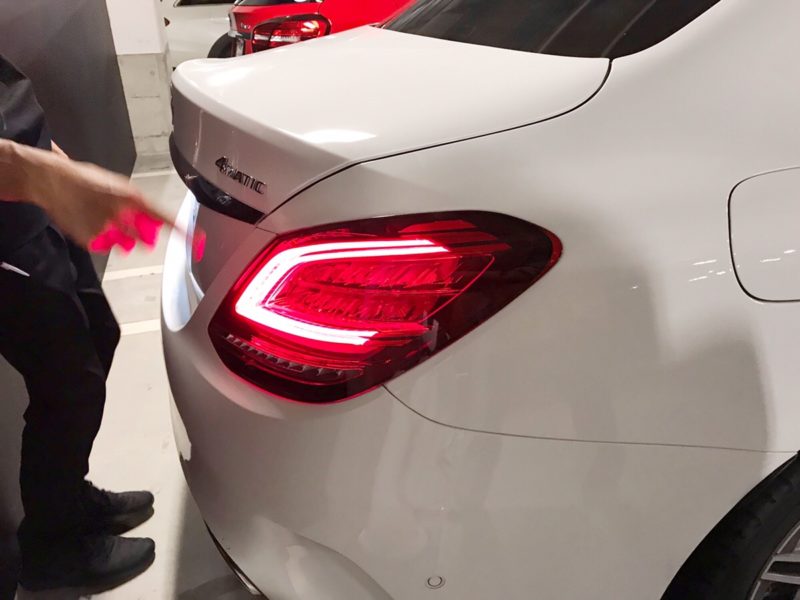
This model had the AMG Line, so the tires were 18 inches, a bit larger than usual. (The standard size is 17 inches.)
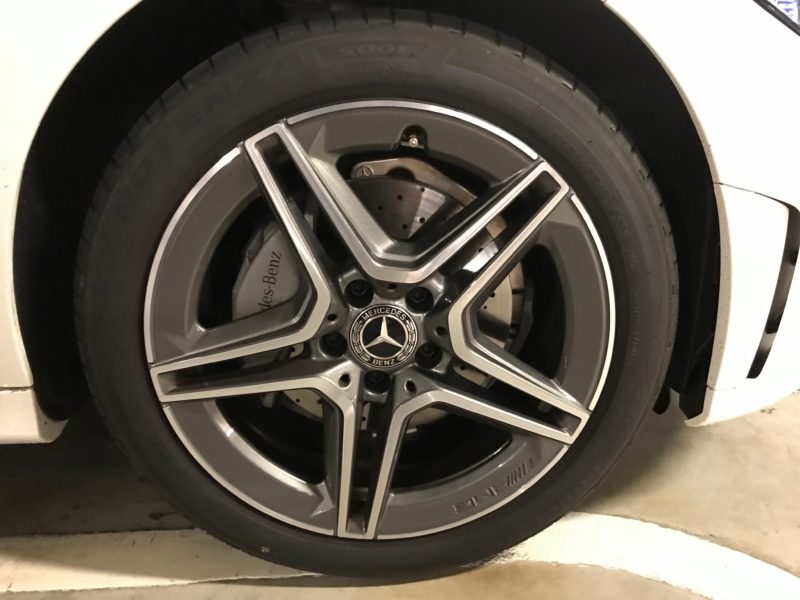
Now, here are my impressions from the C-Class test drive.
Interior
As expected, the Mercedes-Benz interior has a high-quality feel. Truly impressive.
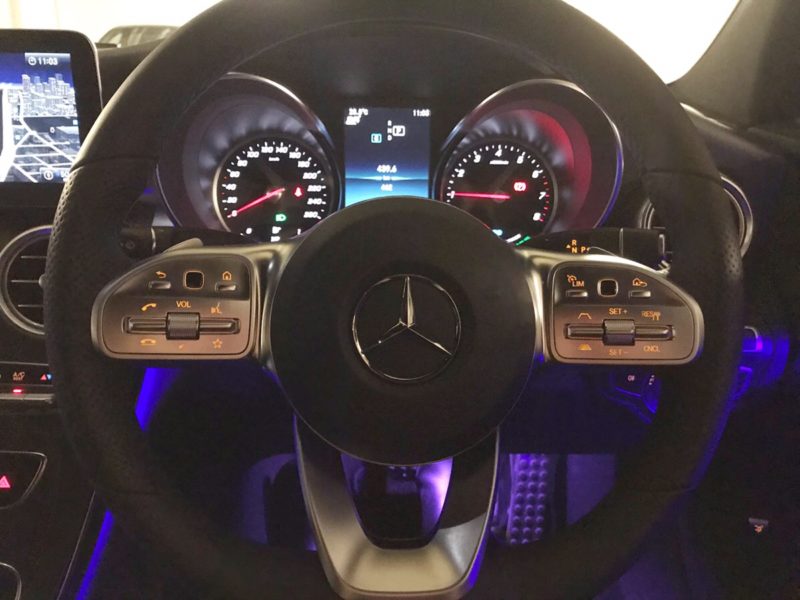
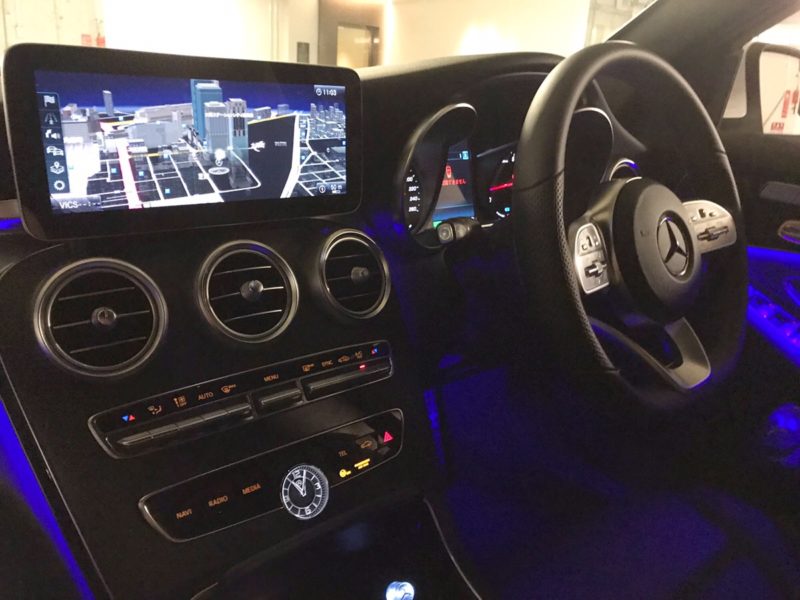
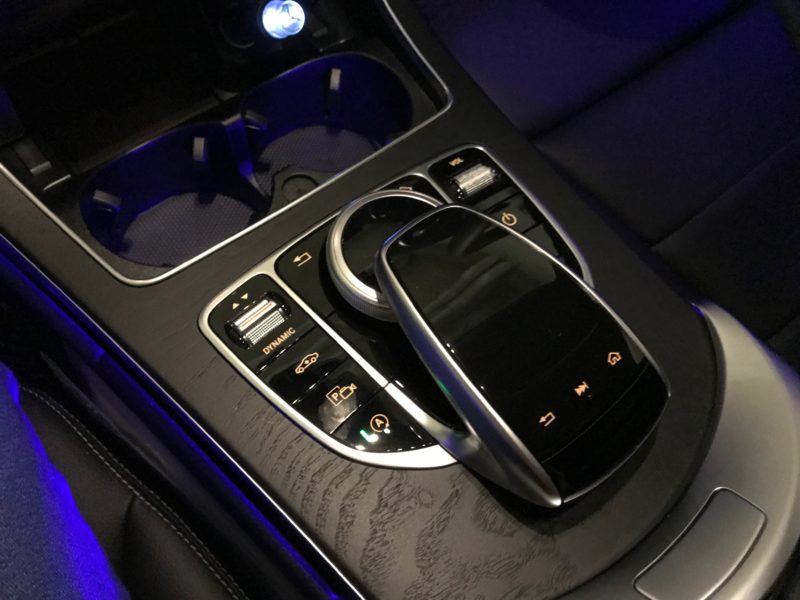
My usual car, a BMW 320i, has a simple interior with a bit of a plastic feel, but the C-Class feels more luxurious. When I asked, “Is the high-quality interior because it’s the AMG Line?”, I was told no, that’s the standard interior.
However, the new A-Class interior is said to be more stylish and luxurious. For example, the C-Class meter cluster is not fully digital except for the center part, but the new A-Class has a full digital display.
Also, a bit different from the interior, this model has an AMG door projector that projects the AMG logo graphic onto the ground when you open the door.
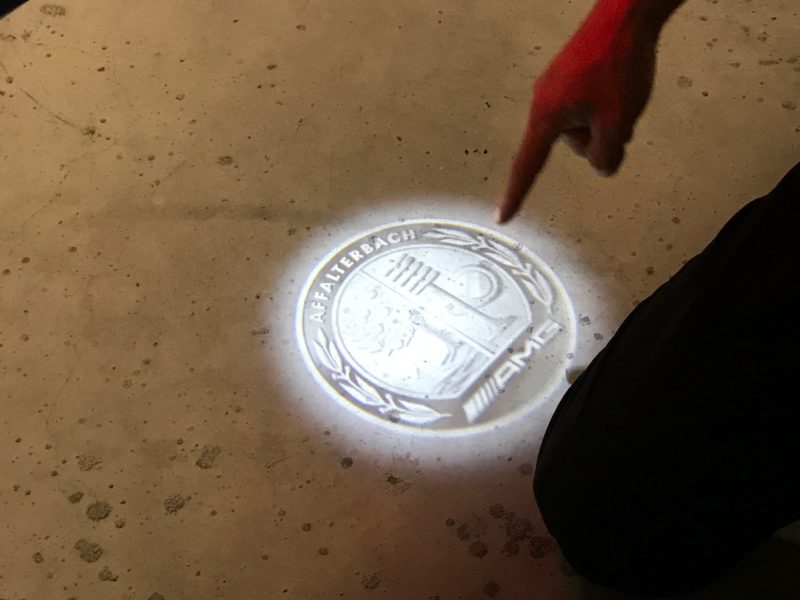
At first, these kinds of features are exciting, but I wonder if after daily use you think, “I don’t really need this,” or if it’s actually convenient. What do you think?
Engine
The previous C-Class had a 2.0L turbo engine, but after the facelift, it was downsized to a 1.5L turbo. It also added a new mild hybrid system called the “BSG (Belt-Driven Starter Generator).”
When I asked, “Wait, is this a hybrid car?”, the staff explained:
Mercedes doesn’t call this a “hybrid car” but rather a car equipped with a mild hybrid system that assists with electric power during low speeds and acceleration. So unlike a Prius (strong hybrid), it cannot run on electric power alone.
Thanks to the mild hybrid system, it quickly matches engine speed during gear shifts. The C-Class’s max output is 184 ps and max torque is 280 Nm, but with the motor’s assistance, it’s calculated to outperform the previous 2.0L turbo.
Anyway… when I started the engine, I noticed almost no vibration and a soft sound. I said, “It’s really quiet…” and the staff replied, “Well, it does have an engine, so you can still hear it.”
Probably because I’m used to the loud engines of the GT3 and Panamera Turbo, the engine sounded quiet to me (lol).
Ride Comfort
What surprised me was the ride comfort. As I pressed the accelerator and started moving,
Wow, so smooth!!!
It felt like I was gliding on rails — incredibly mild and smooth. The C-Class has a longer wheelbase than the A-Class, making it smoother, and this particular C-Class was equipped with air suspension, which likely enhanced the smoothness even more.
When I asked, “If it didn’t have air suspension, would the ride comfort be very different?” the staff said,
Since the ride is already smooth, not having air suspension doesn’t make it worse. With 17-inch wheels and proper tire pressure, the ride is quite comfortable.
Steering / Handling
The steering wheel is a bit thicker than usual because it’s the AMG Line.
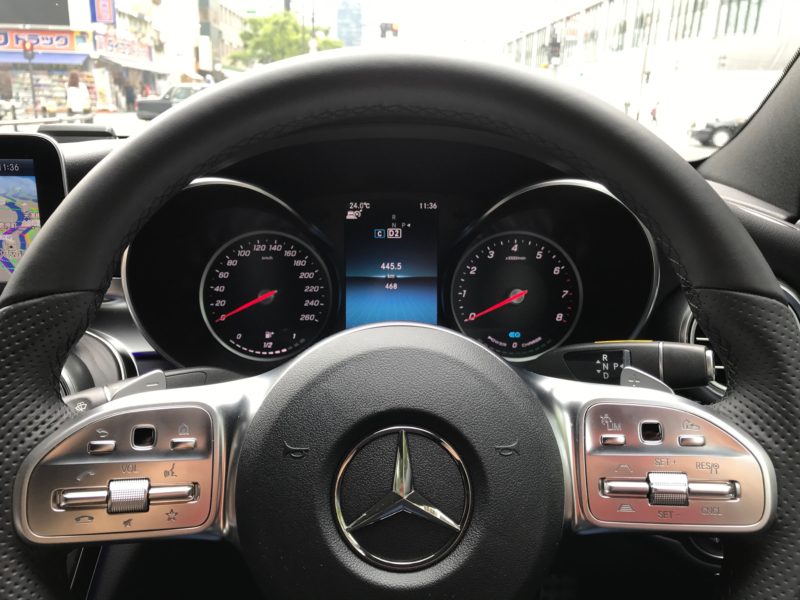
Even though it’s thicker, it fit perfectly in my hands and was easy to hold. The steering felt heavier than the A-Class but still lighter than I expected. When I asked, “Is the steering a bit light?”, the staff replied,
“No, it’s not. It actually has a proper weight.”
I guess since I’m used to Porsche steering wheels, it just felt light to me (-_-).
The handling was very responsive and sharp. Even in situations where I thought, “This might require a wide turn,” it turned in sharply. The staff warned me, “The C-Class steering is quite responsive, so be careful not to oversteer.”
Accelerator / Brake
The pedals in the C-Class were much easier to press than in the A-Class. The car responded exactly to how much I pressed the accelerator, with no weird feeling. About five years ago, I test drove a used E-Coupe and was shocked by how loose the accelerator felt.
My husband also said, “Mercedes accelerators aren’t usually like this. That E-Coupe was terrible.” That image stuck with me, but the C-Class was nothing like that. The staff explained,
“The A-Class has suspended pedals, but the C-Class uses an organ-style pedal, which makes it easier to apply force using the heel as a pivot, so pedal operation is easier.”
So even within Mercedes, the A-Class and C-Class are quite different.
The brakes weren’t as heavy as Porsche’s, but they responded well even with light pressure.
Transmission
Regarding the transmission, the A-Class I tried before had a 7-speed DCT, but the C-Class has a 9-speed torque converter automatic. It was incredibly smooth — I couldn’t tell when it shifted even if I tried to pay attention.
The previous model had a problem where the body shook noticeably when the engine restarted after idling stop, but this was completely fixed and very quiet now.
Lately, I’ve been into manuals, so I asked, “Mercedes doesn’t bring manual transmissions to Japan, right?” The answer was that there’s almost no demand in Japan, so none are imported. Well, that makes sense.
With such a smooth ride and smart automatic transmission, there’s really no need to drive a manual. But in Europe, many people still choose manual specs even for the C-Class and E-Class.
Next page → Other Convenient Features and Overall Impression of the C-Class
このブログが気に入ったらフォローしてね!


Comment ( 0 )
Trackbacks are closed.
No comments yet.